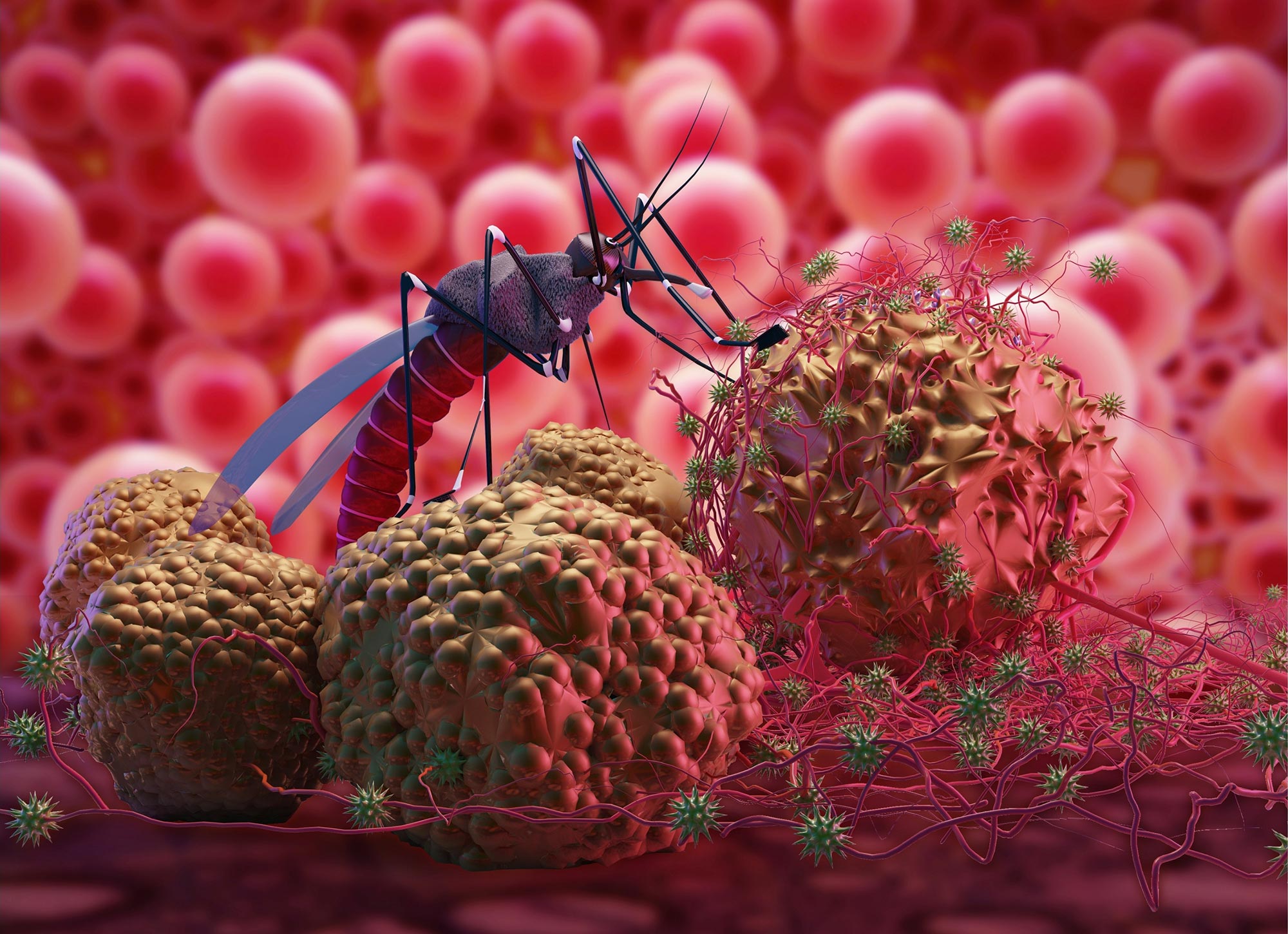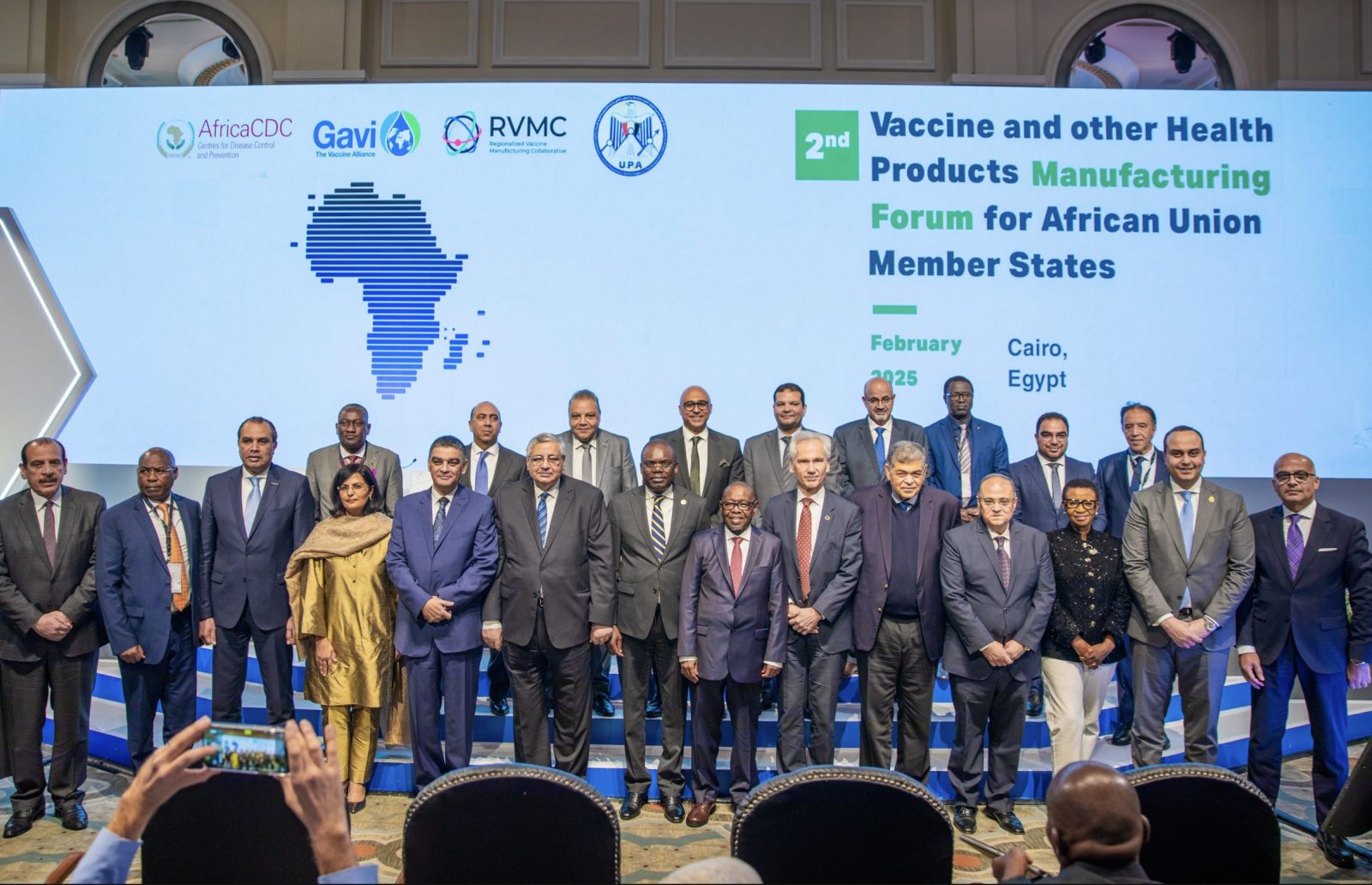
Saturday, 16th August 2025

By inAfrika Reporter
For a generation, malaria was the stubborn killer that defied easy fixes. Bed nets, spraying, and better diagnostics saved lives, but the disease kept bouncing back. In 2025, the equation is shifting. With two WHO‑recommended vaccines—RTS,S and the newer R21—African countries are weaving immunization into routine child health. The result is not just fewer cases; it’s a re‑engineering of risk for under‑fives across some of the hardest‑hit geographies.
The scale‑up is real. By April, roughly twenty African countries had introduced malaria vaccines into routine programs, with Uganda, Nigeria, Ghana, Kenya, and the DRC among the heaviest hitters. Uganda alone launched a nationwide campaign targeting over a million children under two with the four‑dose R21 regimen. Gavi’s procurement muscle is pushing tens of millions of doses through national cold chains, while implementation research teams test models like Mali’s hybrid schedule that times booster doses ahead of high‑transmission seasons.
This is not a silver bullet. Effectiveness varies by setting; logistics are unforgiving; and funding gaps remain. But vaccines change the slope of the curve. Combined with nets and seasonal chemoprevention, they offer a layered defense that cuts severe disease and hospitalizations, freeing capacity in pediatric wards and letting community health workers focus on other threats. Over time, the economic dividend is meaningful: fewer lost workdays for caregivers, lower out‑of‑pocket costs, and more predictability for fragile health budgets.
Execution now matters more than announcements. Countries need to harden last‑mile delivery—GPS‑tagged outreach, temperature monitors, and simple dashboards that flag stockouts in real time. They should also invest in communications that respect community concerns without amplifying misinformation. And donors must finance the boring backbone: vehicles, refrigerators, and stipends that make outreach reliable. With that in place, Africa can turn a scientific breakthrough into a sustained decline in child deaths.
The moral of 2025’s malaria story is not techno‑optimism; it’s compounding. When vaccines join a stack of proven tools and are delivered with operational discipline, the math moves in children’s favor. That’s the win that matters.


